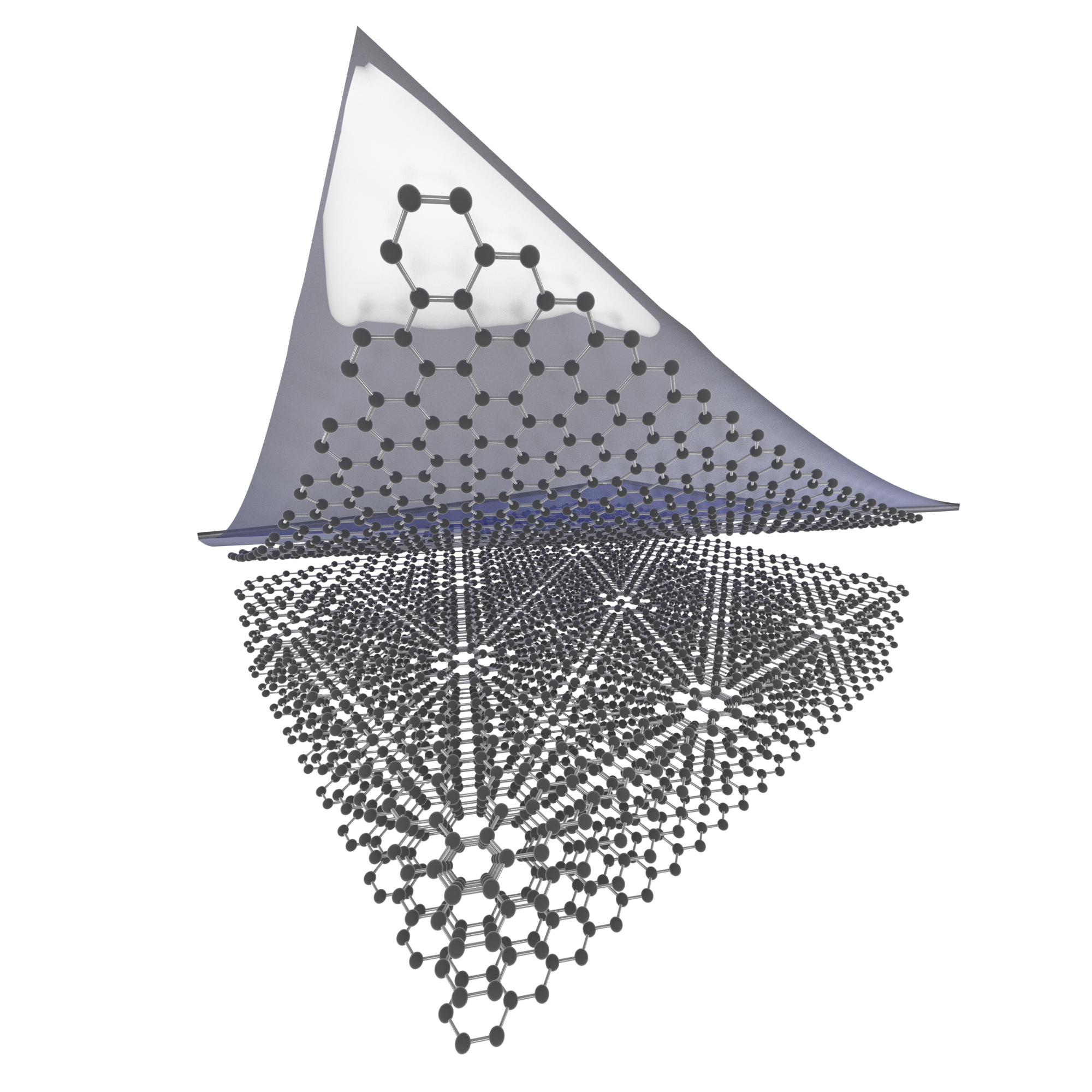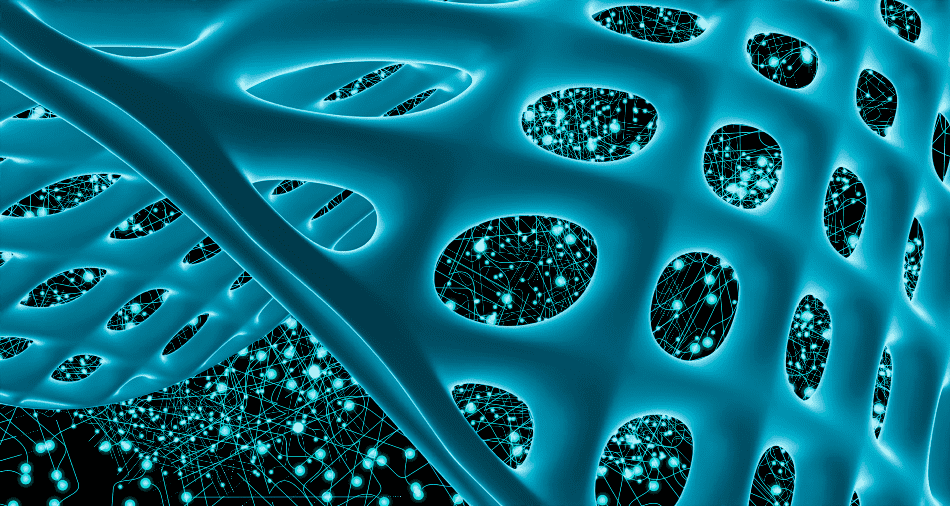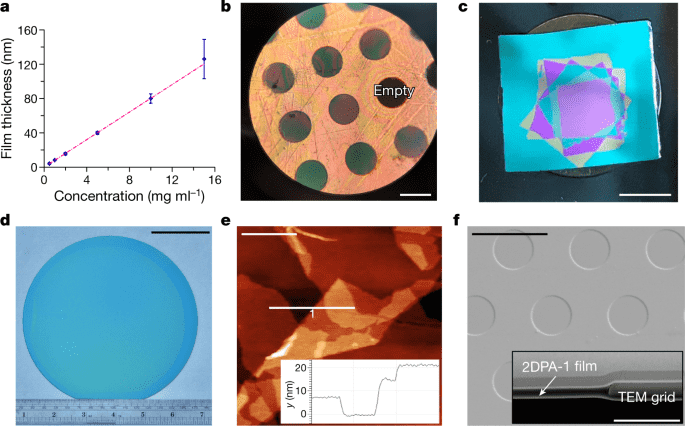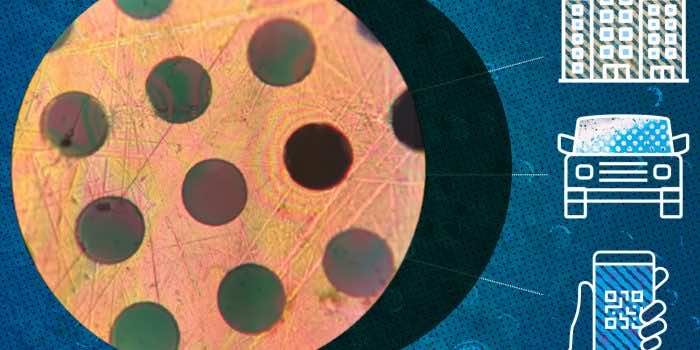MIT chemical engineers developed a new material that is stronger than steel, lighter than plastic, and readily made in huge quantities using a unique polymerisation technique.
Unlike existing polymers, which form one-dimensional chains, the new substance is a two-dimensional polymer that self-assembles into sheets. Scientists previously thought it was impossible to persuade polymers to create 2D sheets.

According to Michael Strano, the Carbon P. Dubbs Professor of Chemical Engineering at MIT and the senior author of the new study, such a material may be utilised as a lightweight, durable covering for auto parts or mobile phones or as a construction material for bridges or other structures.
“We don’t usually think of plastics as being something that you could use to support a building, but with this material, you can enable new things,” Strano said. “It has very unusual properties, and we’re very excited about that.”
The researchers have applied two patents on their method to create the material. Yuwen Zeng, an MIT postdoctoral researcher, is the study’s lead author.
Polymers are made up of chains of monomer building components. These chains expand by attaching additional molecules to their ends. Polymers may be moulded into three-dimensional items such as water bottles using injection moulding once made.
Polymer scientists have long believed that if polymers could be induced to grow into a two-dimensional sheet, it would result in incredibly strong, lightweight materials. However, decades of research concluded that such sheets were impossible to construct. One explanation for this is that if only one monomer spins up or down off of the plane of the forming sheet, the material begins to expand in three dimensions, and the sheet-like structure is lost.

In the latest study published in the journal Nature, Strano and his colleagues developed a novel polymerisation procedure to create a two-dimensional sheet called polyaramide. They employ melamine, a chemical with a ring of carbon and nitrogen atoms, to make the monomer building blocks. These monomers may develop in two dimensions, producing discs under the right circumstances. These discs stack on top of one other, held together by hydrogen bonds between the layers, resulting in a stable and powerful structure.
“Instead of making a spaghetti-like molecule, we can make a sheet-like molecular plane, where we get molecules to hook themselves together in two dimensions,” Strano says.
“This mechanism happens spontaneously in solution, and after we synthesise the material, we can easily spin-coat thin films that are extraordinarily strong.”
Since the material self-assembles in solution, it may be produced in huge quantities by simply adding the starting ingredients. In addition, the researchers demonstrated that they could coat surfaces with films of the substance, known as 2DPA-1.
“With this advance, we have planar molecules that are going to be much easier to fashion into a very strong but extremely thin material,” Strano says.
The elasticity of the new material, which is a measure of how much force it takes to distort a material, was discovered to be four to six times stronger than that of bulletproof glass. They also found that the amount of force required to break the material is twice that of steel, although having just one-sixth the density of steel.
According to Matthew Tirrell, head of the University of Chicago’s Pritzker School of Molecular Engineering, the new process “embodies some very creative chemistry to make these bonded 2D polymers.”
“An important aspect of these new polymers is that they are readily processable in solution, which will facilitate numerous new applications where a high strength to weight ratio is important, such as new composite or diffusion barrier materials,” says Tirrell, co-author of the study.
Another distinguishing aspect of 2DPA-1 is its gas impermeability. Unlike conventional polymers, the new substance is monomers that lock together like LEGOs and cannot penetrate molecules.
“This could allow us to create ultrathin coatings that can completely prevent water or gases from getting through,” Strano says. “This kind of barrier coating could be used to protect metal in cars and other vehicles, or steel structures.”

Strano and his students are currently investigating how this specific polymer can build 2D sheets in greater detail and experimenting with modifying its molecular makeup to generate other sorts of innovative materials.
The Center for Enhanced Nanofluidic Transport (CENT), an Energy Frontier Research Center sponsored by the US Department of Energy Office of Science and the Army Research Laboratory, funded the research.


